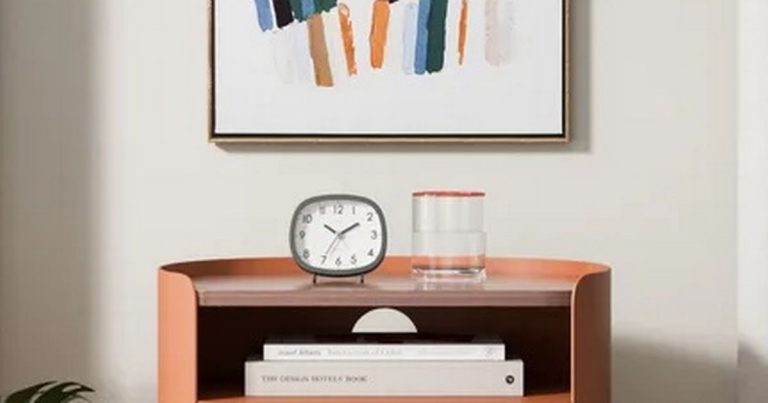
How to Choose the Right Color Palette for Your Home
Takeaways: Selecting the right color palette is crucial for creating a harmonious and inviting home. Consider the mood you want to evoke, the existing elements in your space, and the principles of color theory to make informed decisions. Don’t hesitate to sample colors and seek inspiration from various sources to find the perfect combination for your home.
Choosing the right color palette for your home is more than just picking your favorite shades. It involves understanding how colors affect our emotions, the relationship between different hues, and how to create a cohesive look throughout your space. In this article, we will explore the essential steps to help you find the perfect color palette that reflects your style and enhances your home.
1. Understand Color Psychology
Color psychology plays a significant role in how we perceive our environment. Different colors can evoke various emotions and set the mood of a room. For instance, warm colors like red, orange, and yellow can create a sense of warmth and energy, making them ideal for social spaces like living rooms and kitchens. On the other hand, cool colors such as blue, green, and purple tend to have a calming effect, perfect for bedrooms and bathrooms.
When choosing a color palette, consider how you want each room to feel. Do you want a cozy and inviting atmosphere, or a calm and serene retreat? By understanding the psychological impact of colors, you can make informed decisions that align with your vision for each space.
2. Start with a Base Color
Once you have a general idea of the mood you want to create, it’s time to choose a base color. This is usually a neutral shade that will serve as the foundation for your color palette. Neutrals such as beige, gray, or white provide a versatile backdrop that allows other colors to shine.
When selecting your base color, consider the existing elements in your home, such as flooring, furniture, and fixtures. Your base color should complement these elements and create a seamless flow from one room to another. Additionally, think about the amount of natural light each room receives; lighter colors can make a space feel larger and airier, while darker shades add depth and intimacy.
3. Choose Accent Colors
After establishing your base color, it’s time to choose accent colors. These are bolder shades that add personality and interest to your home. When selecting accent colors, consider the color wheel and the principles of color theory. You can opt for complementary colors (opposites on the color wheel) for a dynamic look, or analogous colors (next to each other on the color wheel) for a more harmonious feel.
For example, if your base color is a warm beige, you might choose a rich terracotta as an accent color for a vibrant touch. Alternatively, if you start with a cool gray, soft blues and greens can create a tranquil environment. Remember to limit your palette to a few accent colors to avoid overwhelming the space.
4. Sample and Test Colors
Before committing to a color palette, it’s essential to test your chosen colors in the actual space. Paint swatches on the walls and observe how they look at different times of the day, as natural light can significantly alter the appearance of color. You might find that a color you loved in the store looks entirely different in your home.
Consider using sample pots to paint larger areas or even create mood boards with fabric swatches, paint chips, and images that inspire you. This hands-on approach will help you visualize how the colors work together and ensure you’re satisfied with your choices.
5. Find Inspiration
There’s no shortage of inspiration when it comes to color palettes. Browse interior design magazines, websites, and social media platforms like Pinterest and Instagram. Look for color schemes that resonate with your personal style and the atmosphere you want to create. You can also draw inspiration from nature, artwork, and textiles.
Additionally, consider the architecture and style of your home. A modern space may call for a different palette than a traditional one. By aligning your color choices with the overall aesthetic of your home, you can create a cohesive and inviting environment.
6. Consider the Flow
When designing your color palette, it’s crucial to think about how the colors flow from one room to the next. A cohesive palette creates a sense of unity throughout the home. Transitioning from one space to another should feel seamless, so consider how colors complement each other as you move through your home.
For open-concept spaces, choose colors that work well together and create a harmonious look. Even in smaller, closed-off rooms, consider how the colors relate to adjacent spaces to maintain a consistent aesthetic. You can use accents to tie different rooms together, ensuring a smooth flow throughout your home.






